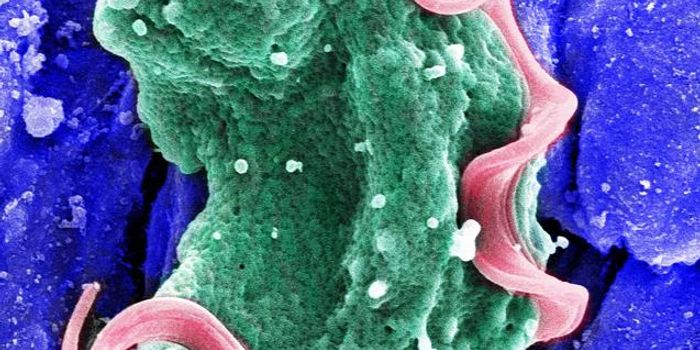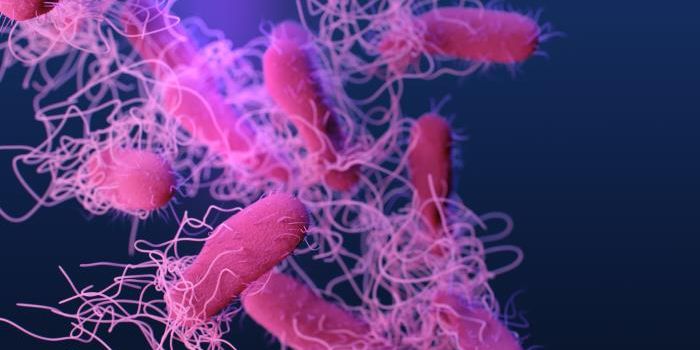Cavity-Causing Microbes Are Protected by Rings of Sugars and Germs
Bacteria can form tough communities called biofilms, which are difficult to remove and can resist the effects of antimicrobials. Researchers have now learned more about how a biofilm influences the development of cavities. Reporting in the Proceedings of the National Academy of Sciences, the scientists found that one of the primary bacterial causes of tooth decay, Streptococcus mutans, encases itself in a multilayered community with other microbes and polymers. This community has a unique, protective structure.
"We started with these clinical samples, extracted teeth from children with severe tooth decay," said study co-senior author Hyun (Michel) Koo of Penn Dental Medicine. "The question that popped in our minds was, how these bacteria are organized and whether their specific architecture can tell us about the disease they cause?"
In this study, the researchers used advanced microscopy techniques and computational tools to study the spatial arrangement of microbes on the tooth samples, layer by layer.
"It's clear that identifying the constituents of the human microbiome is not enough to understand their impact on human health," said co-senior study author Marvin Whiteley of Georgia Tech. "We also have to know how they are spatially organized. This is largely understudied as obtaining intact samples that maintain spatial structure is difficult."
Usually, S. mutans was observed in a mound on the surface of the tooth samples, as an inner core of a structure that had several outer rings. Other bacteria like S. oralis were arranged in successive layers, forming rings around the S. mutans core. A scaffolding made of sugars supported and separated the layers, protecting the S. mutans in a case.
"We found this highly ordered community with a dense accumulation of S. mutans in the middle surrounded by these 'halos' of different bacteria, and wondered how this could cause tooth decay," Koo said.
The researchers recreated this structure in the lab with sugars and strains of microbes including S. mutans and S. oralis. They measured acid levels and demineralization associated with the structures.
"What we discovered, and what was exciting for us, is that the rotund areas perfectly matched with the demineralized and high acid levels on the enamel surface," said Koo. "This mirrors what clinicians see when they find dental caries: punctuated areas of decalcification known as 'white spots.' The domelike structure could explain how cavities get their start."
When an antimicrobial treatment was applied to the structures, the S. mutans tended to avoid dying. The scaffolding had to be broken up effectively in order to kill the S. mutans.
This work can help create methods to prevent tooth decay and may also have other applications. "It demonstrates that the spatial structure of the microbiome may mediate function and the disease outcome, which could be applicable to other medical fields dealing with polymicrobial infections," said Koo.
"It's not just which pathogens are there but how they're structured that tells you about the disease that they cause," added Whiteley. "Bacteria are highly social creatures and have friends and enemies that dictate their behaviors."
Sources: AAAS/Eurekalert! via University of Pennsylvania, Proceedings of the National Academy of Sciences









